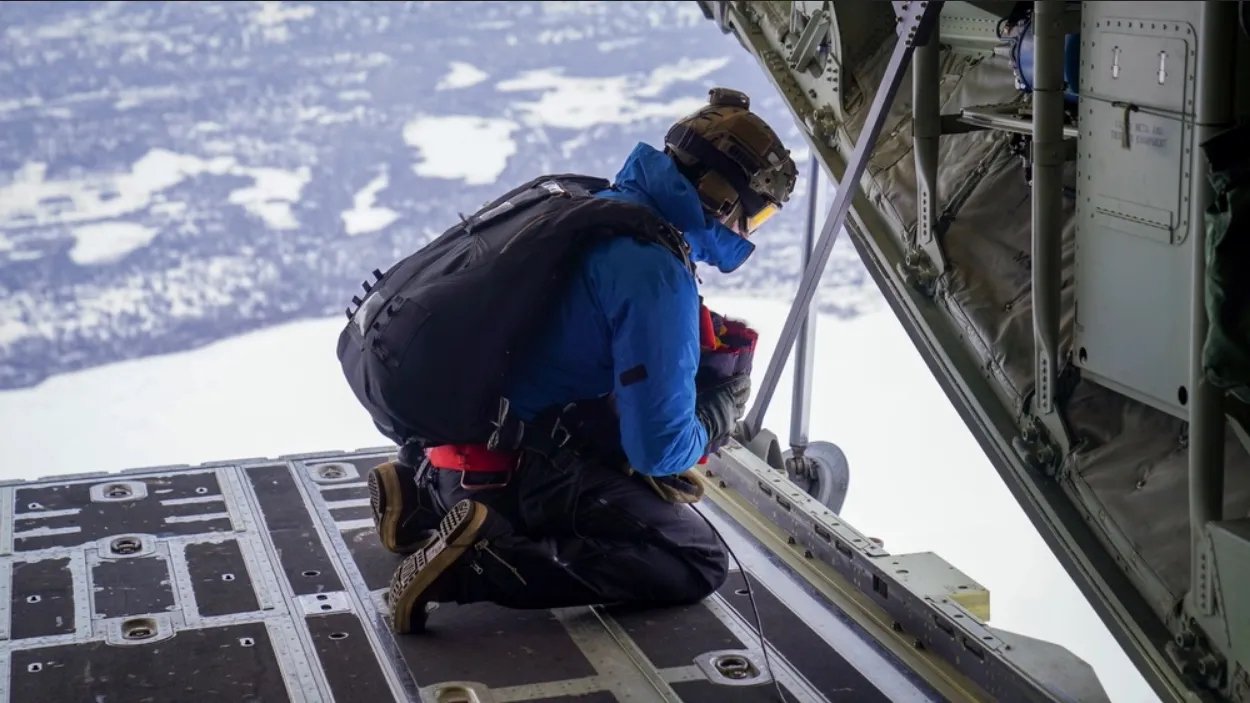Alaska Air National Guard Pararescue team parachutes to critical patient
The weather made it too dangerous for a civilian air evacuation. So the 176th Wing took the mission.
Posted on Mar 23, 2024 3:44 PM EDT
An Air National Guard pararescue team pushed through bad weather in northwestern Alaska to successfully stabilize and evacuate someone in a medical emergency this week.
On Thursday, March 21, the Alaska Rescue Coordination Center received a call that someone in the city of Kotlik in northwestern Alaska was suffering an unspecified medical distress. Weather in the area was particularly bad, according to the Air National Guard, meaning evacuation by civilian air medical teams was out of the question. The Alaska Air National Guard’s 176th Wing, based out of Joint Base Elmendorf-Richardson, took the mission, dispatching a HC-130J Combat King II from the 211th Rescue Squadron and a HH-60G Pave Hawk from the 210th Rescue Squadron. Each aircraft had a Guardian Angel pararescue team on board. Guardian Angels are the Air Force’s main pararescue personnel for medical evacuation or recovery efforts.
The HC-130J and the HH-60G flew to Kotlik, 460 miles northwest of Anchorage, where Joint Base Elmendorf-Richardson is. Kotlik sits near Pastol Bay and has a population of only a few hundred. The pararescue teams reached the location, and two PJs conducted a jump to the patient, parachuting down from the plane with medical gear. Once there, they provided immediate medical care to stabilize the patient and make them fit for transport.
The Pave Hawk landed nearby and picked up the three people. After a stop in McGrath to transfer them onto the HC-130J, they flew back to Joint Base Elmendorf-Richardson where the patient was taken to a nearby hospital, the 176th Wing said in a statement.
Given the rugged terrain, limited road infrastructure and intense weather conditions in much of Alaska, aerial search and rescue operations are common when people are missing, go down in plane crashes, or in need of medical evacuation. Often the Alaska Rescue Coordination Center reaches out to the U.S. Army and National Guard for such missions. Depending on the time of day and year, rescue crews often have to brave poor visibility and extreme weather conditions to provide assistance. In many cases, given how remote some rescue missions might take them, Guardian Angels have to parachute down to provide immediate life saving care before anyone can be moved.

